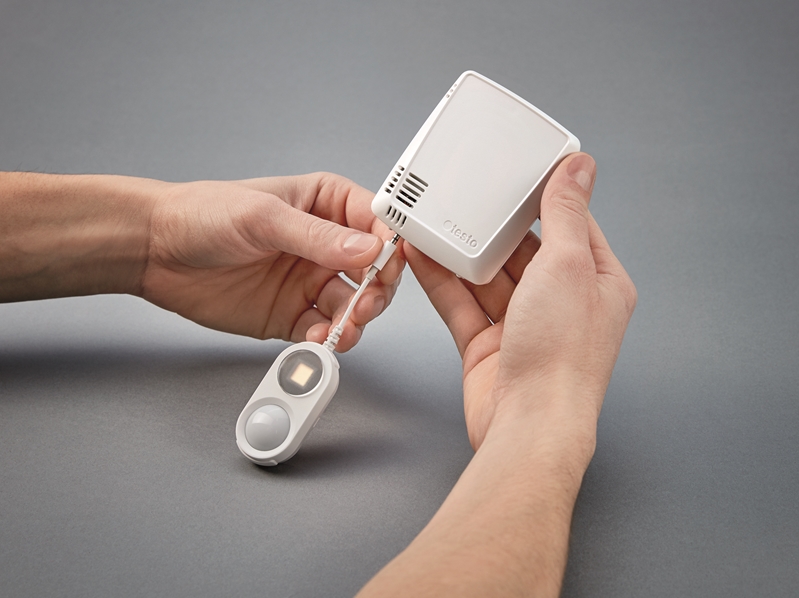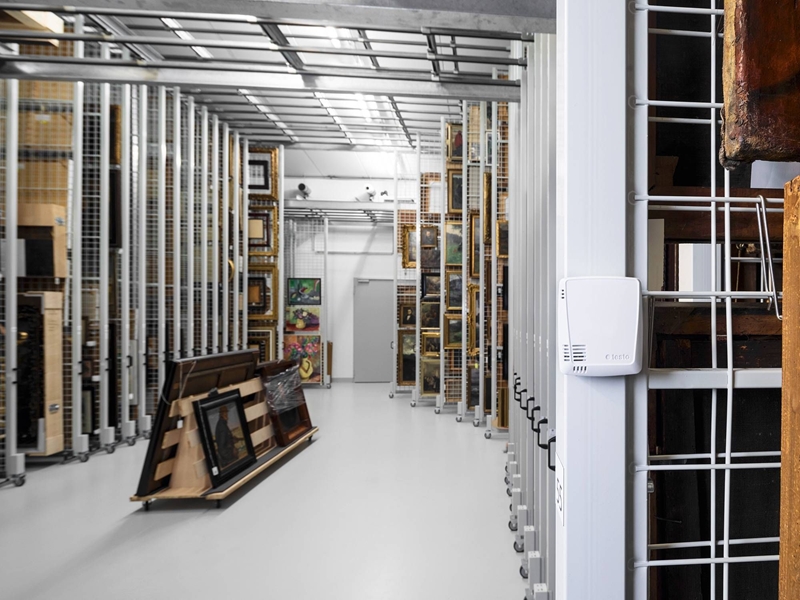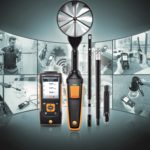When museums and galleries don't have the tools they need to monitor tightly controlled environments, the unthinkable can take place: Priceless paintings become irreparably damaged.
Restoration is a difficult work of art in itself, and given the portraits have already been damaged, conservation becomes that much tougher to manage moving forward. Temperature, humidity and ultraviolet (UV) light all play the villain's role in the deterioration of art, but the testo 160 data logger series is giving conservators a way to fight back.
Preventative maintenance
Each crack in an oil-based or watercolour painting tells a story. Humidity or lux levels interact with the two organic compounds differently, causing distinct chemical reactions. One fracture may serve as a reminder that relative humidity (RH) in the storage location shouldn't change within 3 per cent over a one hour period. Another is a cautionary tale about letting lighting reach over 200 lux level.

These are a few of the many universally accepted specifications that each curator must meet, yet older, manual methods of indoor climate control often allow changes in RH or lux to slip by unnoticed. They're only then discovered after conservators use an X-ray or infra-red imaging to find out the cause behind deterioration.
The testo 160 THE Wi-Fi data logger allows administration to be alerted to any changes in real time, instead of after the fact. Through an internal temperature and humidity sensor, as well as two attachable probes, curators can have alerts sent directly to their devices through Bluetooth.
Continued preservation
After identifying the source of damage to a painting, it's imperative that those charged with repairing the artwork take steps to actively defend against future deterioration. For example: Were a painting to be struck by an object, it'd leave a noticeable mark in its place. What's far less apparent are the ripples sent throughout the oils that can be exacerbated by incorrect RH levels.

While the testo 160 THE is ideal for galleries, given its decorative cover that allows it to blend in with ease, it also serves a purpose during the restoration and transportation process. Since it connects through Wi-Fi, administrators can receive updates on its environment from anywhere in the world until it's back in the stable setting of an art museum.
Conservation is a vital part of preserving paintings for the future. It has become easier than ever to accomplish, given the wide variety of digital tools at curators' disposal. Contact a Testo representative today for more information.









 Reduce cooking oil costs while ensuring quality
Reduce cooking oil costs while ensuring quality Expert knowledge on CO2 monitoring
Expert knowledge on CO2 monitoring Refrigeration knowledge - in 3 modules
Refrigeration knowledge - in 3 modules



